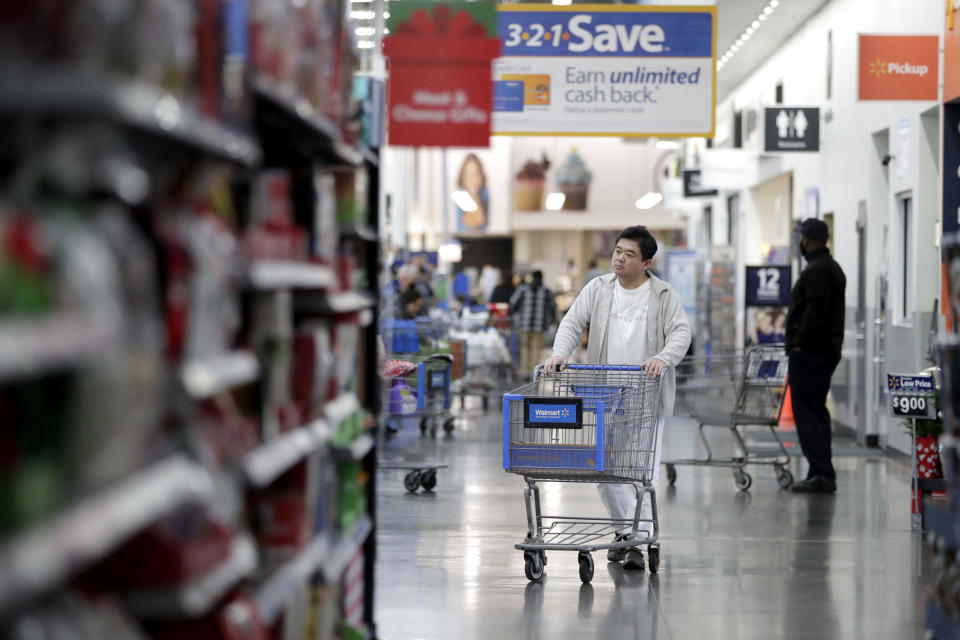U.S. consumers have no tolerance for inflation
In July, core inflation in the U.S. notched its biggest annual increase since September 2008.
In August, consumers noticed.

According to the University of Michigan’s first look at consumer sentiment in August released Friday, consumers’ assessment of current economic conditions declined due to, “much less favorable assessments of buying conditions, mainly due to less favorable perceptions of market prices.”
In other words, things got more expensive and consumers pulled back.
The University of Michigan’s headline consumer sentiment index slipped to 95.3 in the beginning of August, down from 97.9 at the end of July and the lowest reading in 11 months. The decline in consumers’ assessment of current economic conditions also declined to 107.8 from 11.4 in July, its lowest level in almost two years. Since Trump’s election, consumer confidence surveys have indicated consumers are feeling as good as they have since the early 2000s.
And when it comes to big-ticket items for households, the outlook in August was even worse.
“Buying conditions for large household durables sank to the lowest level in nearly four years,” said Richard Curtin, chief economist for the survey.
“When asked to explain their views, consumers voiced the least favorable views on pricing for household durables in nearly ten years, since October 2008. Vehicle buying conditions were viewed less favorably in August than anytime in the last four years, with vehicle prices being judged less favorably than anytime since the close of 1984. Home buying conditions were viewed less favorably in early August than anytime in the past ten years, with home prices judged less favorably than anytime since 2006.” (Emphasis added.)
In July, “core” inflation — which strips out the more volatile costs of food and gas — rose 2.4% over the prior year, the most since September 2008. Headline inflation which captures the costs of food and gas rose 2.9% over last year, in-line with the rise seen in June that was good for a six-year high.
Curtin added that these changes in consumers’ view of current conditions are “extraordinary” given that the outlook for inflation from consumers was unchanged from July; consumers still expect inflation in the year ahead to be 2.9%.
The broader upshot for markets from Friday’s report is that U.S. consumers may start to change their spending habits before economists and other experts see conditions as stressed.
“The data suggest that consumers have become much more sensitive to even relatively low inflation rates than in past decades,” Curtin added.
And with President Trump’s tariffs pushing up the cost of goods like washing machines in recent months and these moves increasing the cost of inputs across industries — and thus leading to higher consumer prices — it seems unlikely inflationary pressures will abate.
This is a trend that appears to already be causing consumers to change their spending habits and their view on the U.S. economy.
—
Myles Udland is a writer at Yahoo Finance. Follow him on Twitter @MylesUdland


